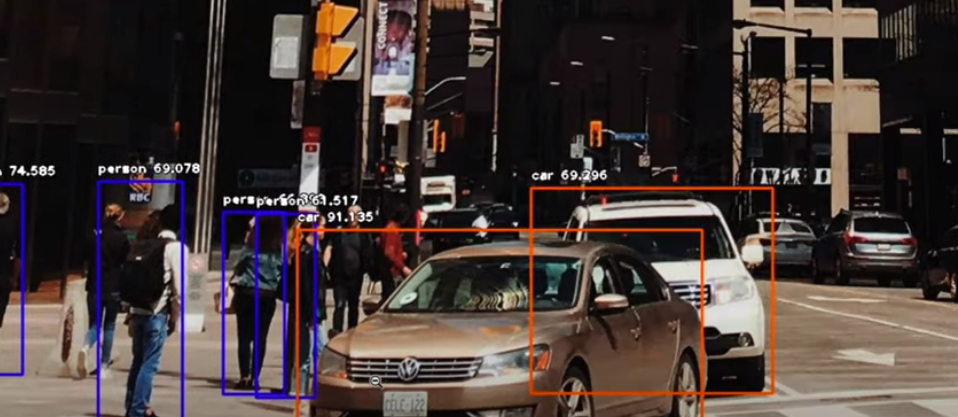Technology
Building Image Recognition Software: Tools, Skills, and Best Practices

Building image recognition software for many stands as a real challenge. This process not only requires a careful choice of programming tools and skills but also a service provider’s commitment to best practices. Let’s shed light on the essentials for the successful development of image recognition systems, focusing on toolkits, skills, and professional standards in the field.
What is image recognition
Image recognition software is a type of computer program designed to identify and process images in a way similar to how humans recognize visuals. It uses machine learning, a subset of artificial intelligence, to detect and interpret different image elements. Providers of image recognition software development services e.g. offer expertise in creating systems capable of analyzing and interpreting visual data from various sources. Such companies build applications for industries ranging from healthcare to retail, delivering solutions that can recognize, categorize, and respond to visual inputs effectively.
The key advantages of image recognition software include:
- Speed and efficiency – it processes and analyzes images much faster than humans.
- Accuracy – it continuously improves with more data and advanced algorithms.
- Automation – it enables automated systems to make decisions based on visual data.
One of the major challenges in image recognition development is overfitting, where the model performs well on training data but needs to improve on new, unseen data. Addressing this requires techniques such as data augmentation and dropout, improving the model’s ability to generalize its learning to broader applications.
The toolbox: choosing the right programming tools
The foundation of effective image recognition software lies in the strategic selection of programming tools. Python is a standout choice due to its simplicity and rich collection of libraries. Libraries like TensorFlow and OpenCV offer various functions necessary for processing images and applying deep learning algorithms.
Python’s versatility makes it suitable for both small-scale experiments and large-scale applications. Its vast community contributes to a rich repository of resources and troubleshooting support.
TensorFlow
TensorFlow, an open-source library developed by Google, is synonymous with deep learning, a key component in image recognition. Its benefits can be outlined as follows:
- Flexibility in model building for constructing and training various types of neural networks, which is important for different image recognition tasks.
- Adaptability, despite working on a small dataset on a local machine or large-scale data in cloud environments.
OpenCV
OpenCV specializes in real-time image processing, an essential aspect of image recognition software. Its key advantages include:
- Numerous functions for image manipulation, feature detection, and object classification are fundamental in preparing data for neural network training.
- It’s optimized for real-time applications, making it ideal for projects that require immediate image processing and feedback, such as in surveillance or interactive systems.
- OpenCV can be used with Python, Java, and C++, and it supports various operating systems, enhancing its utility in diverse development environments.
Skillset: beyond basic programming
Developing image recognition software requires more than just programming know-how. A deep understanding of machine learning and neural networks is a must. These technologies are the driving force behind the software’s ability to recognize and interpret image patterns.
Additionally, developers must be adept in data preprocessing, which involves refining and organizing image data for optimal model training. The process of preparing and structuring data for effective model training, known as data preprocessing, is a critical skill in image recognition software development. It involves:
- Data Cleaning: Identifying and correcting errors or inconsistencies in the image data.
- Data Augmentation: Techniques like cropping, rotating, and flipping images to increase the diversity of the training dataset, which aids in reducing overfitting and improves the model’s ability to generalize.
- Feature Scaling and Normalization: Adjusting the range of data values so that the neural network can interpret them more efficiently.
Conclusion
Building image recognition software is a complex yet rewarding venture. It combines a blend of technical expertise and a commitment to continuous learning and adaptation. When developed correctly, the end product is a powerful tool with wide-ranging applications, showcasing the transformative potential of image recognition technology in the modern world.
















